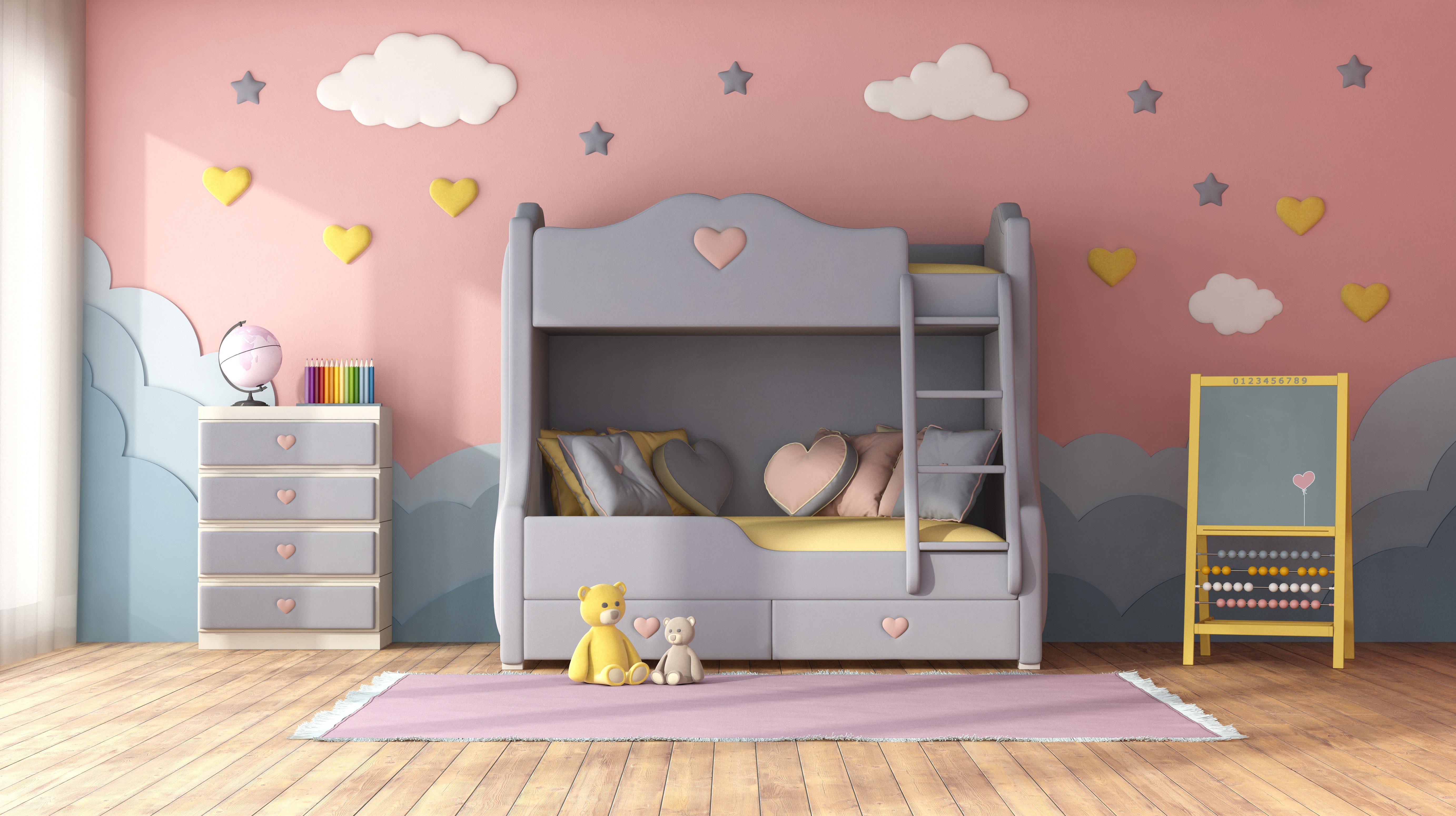The Ultimate Guide to Bunk Beds in the UK: Trends, Safety, and Benefits
Bunk beds have reigned supreme in the world of kids's furnishings for lots of years. Their dual performance, ability to conserve space, and distinct beauty have actually made them a preferable alternative for families across the UK. As families grow and space becomes a premium, bunk beds progress to satisfy different needs, aesthetics, and safety issues. This post explores the trends, advantages, security issues, and factors to consider of purchasing bunk beds in the UK.
Table of Contents
- Introduction
- Popular Bunk Bed Designs
- Benefits of Bunk Beds
- Safety Considerations
- Maintenance of Bunk Beds
- FAQs
- Conclusion
1. Introduction
Originally designed for making the most of space in little bedrooms, bunk beds have actually grown to include a range of designs and performances. From conventional wooden models to modern loft beds with integrated storage, the market in the UK uses a wide variety of options for parents and kids alike. similar site appeals not only to those with space restrictions but also to families trying to find trendy furnishings that can accompany kids as they grow.
2. Popular Bunk Bed Designs
Bunk beds can be found in a variety of styles catering to various tastes and requirements. Here are some popular designs found in the UK market:
| Design Type | Description |
|---|---|
| Traditional Wooden | Timeless style; offered in different surfaces; tough and timeless. |
| Metal Bunk Beds | Lightweight, often with a contemporary or commercial look; easy to move. |
| Loft Beds | Raised beds that provide underneath space for desks, storage, or play. |
| Futon Bunk Beds | A mix of a futon and bunk bed; suitable for multi-purpose rooms. |
| L-Shaped Bunk Beds | 2 beds placed in an L-shape; great for taking full advantage of corner spaces. |
3. Advantages of Bunk Beds
Investing in a bunk bed uses a number of advantages:
- Space-saving: Bunk beds are ideal for little bedrooms, permitting two children to share a room without compromising space.
- Flexibility: Many bunk beds include functions such as pull-out rotates, desks, or storage drawers, making them multifunctional.
- Motivates Sharing: Bunk beds can promote a sense of friendship and sharing amongst siblings or friends.
- Stylish Aesthetics: With various designs readily available, bunk beds can work as a stylish addition to a bedroom rather than simply a functional piece of furnishings.
- Economical: Instead of purchasing 2 beds, a bunk bed enables more economical use of space while accommodating more kids.
4. Security Considerations
When it pertains to bunk beds, safety is paramount, specifically for younger children. Here are some essential safety pointers:
- Choose strong building: Look for bunk beds made from solid wood or heavy-duty metal to guarantee sturdiness.
- Ensure appropriate height: The leading bunk should abide by security requirements, normally having at least 16 inches of guardrail on the side.
- Examine weight limitations: Ensure the bunk bed supports the weight of the desired users easily.
- Use the ideal mattresses: Use mattress sizes that fit comfortably within the bed frame to prevent spaces where a kid may end up being trapped.
- Establish rules: Make sure kids understand the rules of bed usage, such as no leaping and just one individual on the top bunk.
5. Maintenance of Bunk Beds
Bunk beds require regular maintenance to guarantee they stay safe and practical. Here are some maintenance ideas:
- Regularly inspect hardware: Check screws and bolts to guarantee they remain tightly secured and secure.
- Clean mattresses: Regularly vacuum and spot clean bed mattress to keep hygiene.
- Prevent overcrowding: Make sure the bed is not strained with toys, clothing, or other items.
6. FAQs
Q1: What age appropriates for children to sleep in bunk beds?A1: Most
experts recommend that kids under the age of 6 must not sleep on the leading bunk due to safety issues concerning falls.
Q2: Can bunk beds fit in any space size?A2: While bunk beds
are developed to conserve space, they still need enough ceiling height for safety. Generally, a room needs to have at least 7.5 to 8 feet of ceiling height. Q3: Are bunk beds safe for toddlers?A3: While some bunk beds are designed specifically for young children,
most experts suggest that children under the age of six should use the bottom bunk for safety. Q4: How do I clean a bunk bed?A4: Regular cleansing can be done using a moist fabric for the wooden or
metal surface areas. Bed mattress should
be vacuumed and cleaned according to maker instructions. 7. Conclusion Bunk beds have actually become a renowned piece of furnishings for children's rooms in the UK, using a perfect mix of performance, style, and space-saving capabilities. With numerous styles and advantages, bunk beds accommodate families of all sizes and needs. However, security should constantly be leading of mind when thinking about these types of beds. By making informed choices and maintaining your bunk bed appropriately, you can ensure that it stays a treasured piece of furniture for several years to come. As bunk beds continue to develop, they offer more than simply a sleeping arrangement-- they produce memories and foster relationships, showing to be a vital addition to British
homes. This comprehensive guide aims to equip potential buyers with valuable insights into the world of bunk beds in the UK, ensuring that they make informed choices that prioritize both functionality and safety.

